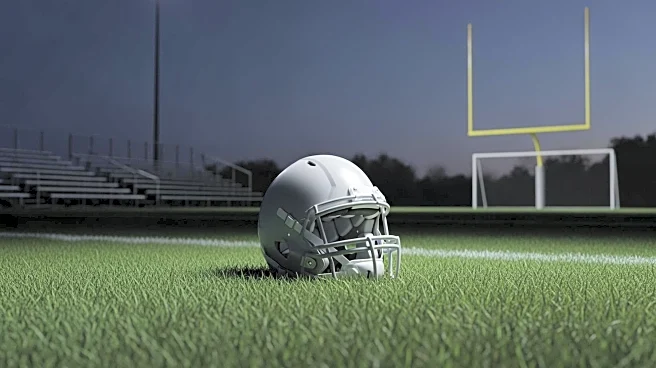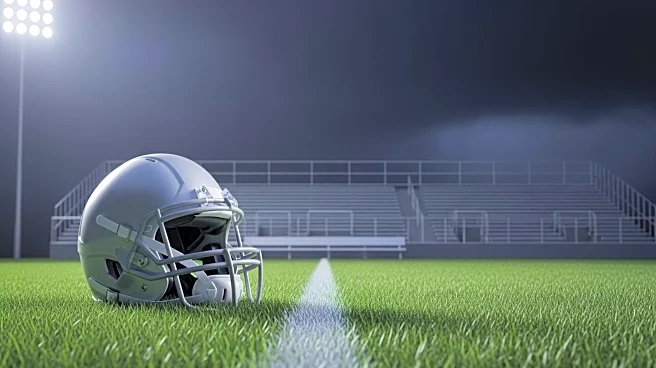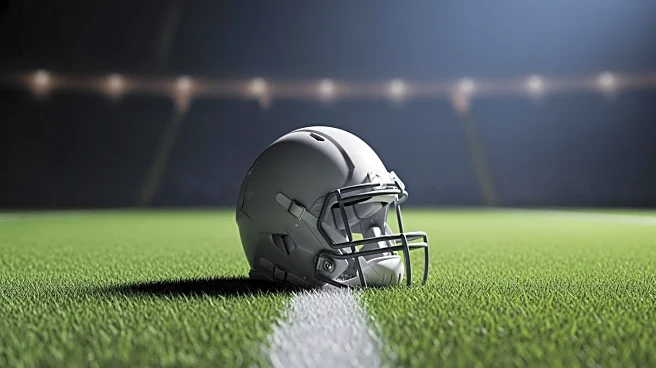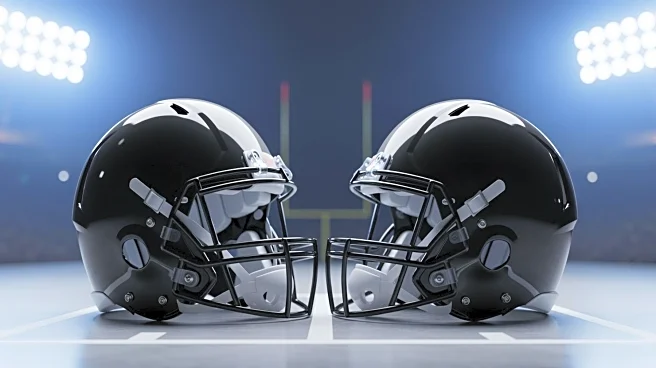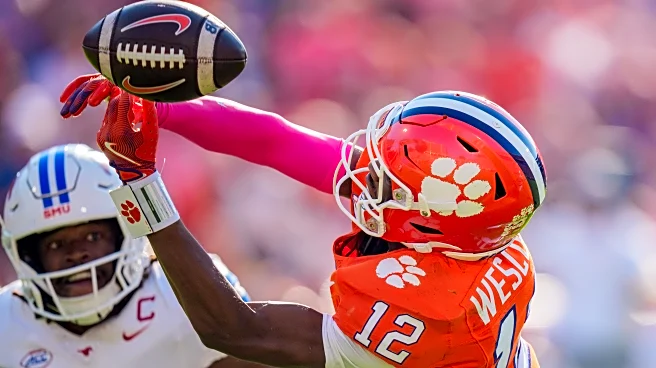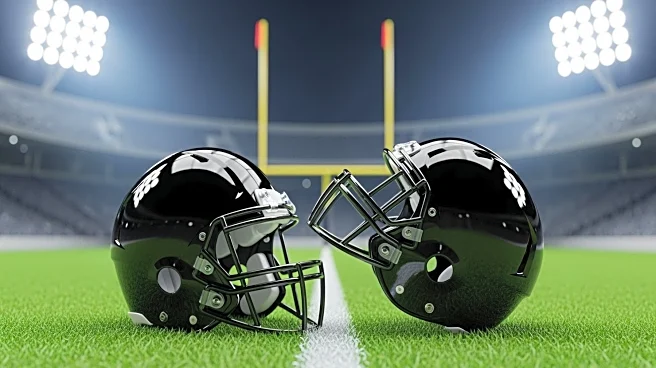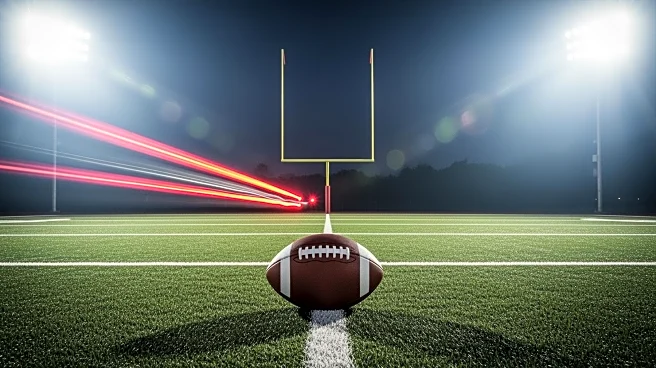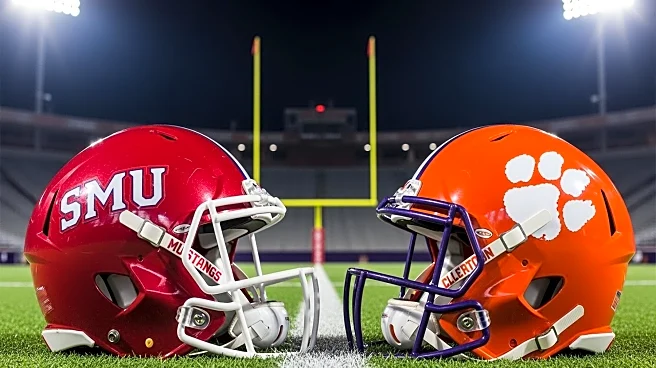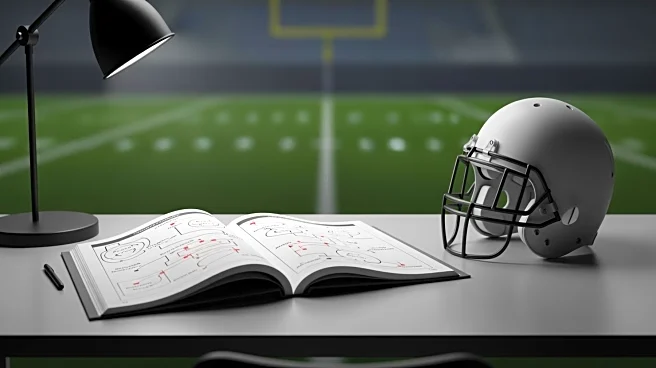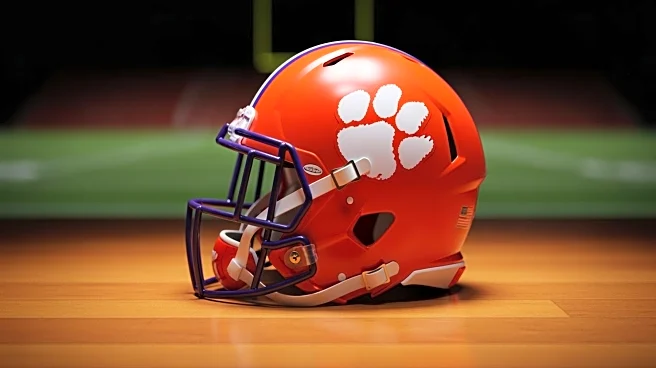What's Happening?
Clemson Tigers wide receiver Bryant Wesco Jr. was hospitalized following a serious neck injury sustained during a punt return in the team's 35-24 loss to the SMU Mustangs. The incident occurred in the third
quarter when Wesco was hit low and landed on his neck. Despite the severity of the injury, Wesco managed to get up and leave the field without assistance, although he did not return to the game. Head coach Dabo Swinney confirmed the hospitalization and asked fans to keep Wesco in their prayers, noting the seriousness of the situation but providing no further details on his condition. Wesco had been serving as the primary returner in place of Antonio Williams Jr., who is recovering from a hamstring injury.
Why It's Important?
The injury to Bryant Wesco Jr. is a significant setback for the Clemson Tigers, who are already facing challenges this season. Wesco has been a key player, contributing significantly to the team's offensive efforts with 31 receptions for 537 yards and six touchdowns this season. His absence could impact the team's performance in upcoming games, especially as they navigate the remainder of the season without their starting quarterback, Cade Klubnik, who is also injured. The situation highlights the physical risks associated with football and the potential for injuries to alter team dynamics and season outcomes.
What's Next?
The Clemson Tigers will need to reassess their strategy moving forward, particularly in their special teams and receiving corps. With Wesco's status uncertain, the team may need to rely more heavily on other players like Antonio Williams Jr., assuming he recovers from his hamstring injury. The coaching staff will likely monitor Wesco's recovery closely and make decisions based on his health and ability to return to play. Fans and stakeholders will be watching for updates on Wesco's condition and any changes in the team's lineup or strategy.
Beyond the Headlines
This incident underscores the broader conversation about player safety in football, particularly concerning head and neck injuries. It may prompt discussions within the sport about improving protective measures and protocols to prevent such injuries. Additionally, the situation could influence how teams manage player health and recovery, potentially leading to more cautious approaches in handling injuries.
